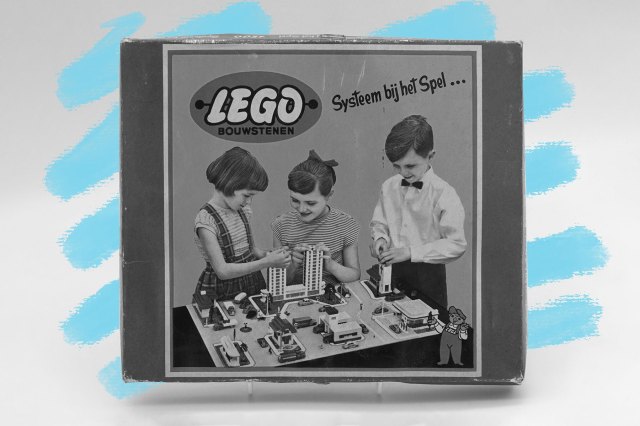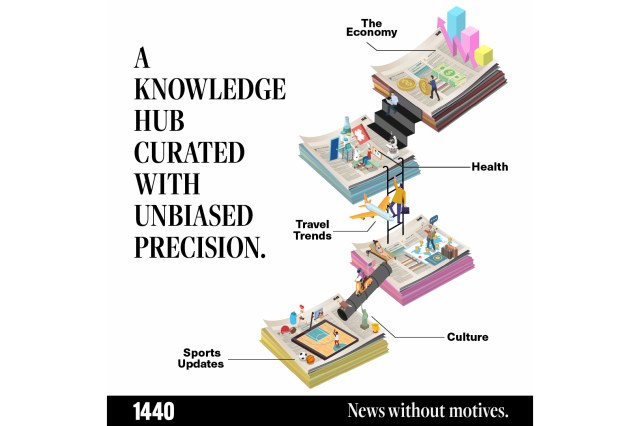The Great Depression gave us this beloved toy
Monday, May 6, 2024
In October 1929, the U.S. plunged into financial despair as the crash of the New York Stock Exchange prompted the onset of the Great Depression. It wasn't just Americans who were affected, however; the economically crippled U.S. put restrictions on European imports, causing an agricultural downturn overseas. |
| |
| |
|
 |
|
| I n October 1929, the U.S. plunged into financial despair as the crash of the New York Stock Exchange prompted the onset of the Great Depression. It wasn't just Americans who were affected, however; the economically crippled U.S. put restrictions on European imports, causing an agricultural downturn overseas. This impact extended to the small Danish town of Billund, the home of Lego founder Ole Kirk Christiansen. Christiansen was a local carpenter whose farmer-heavy clientele dried up in the early 1930s, forcing him to cut his workforce by 1932. Given the lack of demand for intricate carpentry work, Christiansen pivoted into producing cheap wooden goods including toys, which stood a greater chance of selling despite the poor economic conditions. |
|
|
| At first, this decision failed to salvage the business, and Christiansen was forced to declare bankruptcy. Despite this, he maintained a childlike sense of optimism and pressed on. In 1934, Christiansen came up with a new company name, Lego, based on the Danish words "leg godt," which translate to "play well." Though the materials were cheap, Christiansen's carpentry work cut no corners, producing wooden ducks and car models that became highly popular throughout Denmark. The company later discontinued wooden toy production in 1960 after a fire destroyed its carpentry workshops, but not before Lego embraced a company-wide pivot into the world of plastics. In the late 1940s, Lego purchased a plastic molding machine, allowing the company to produce the very first plastic Lego brick in 1949. In 1953, it began producing entire sets made of plastic, and later shifted away from wooden toys. Lego was able to weather the bleak financial times, and grew into a successful global company that continues to brighten lives today. |
|
 |  |
|
|
 |
|
| |
|
| Pieces in the largest Lego set | | | 11,695 |
| | | Lego pieces manufactured every minute | | | 36,000 |
| | | Lego pieces manufactured every minute | | | 36,000 |
|
|
|
| U.S. workforce unemployed at the height of the Great Depression | | | 24.9% |
| | | Shares traded on Black Tuesday on October 29, 1929 | | | 16 million |
| | | Shares traded on Black Tuesday on October 29, 1929 | | | 16 million |
|
|
|
 |
|
 | | Did you know? |
|
|
Lego is the world's largest tire manufacturer. |
|
| When it comes to tires, we tend to think of brands such as Bridgestone and Goodyear. But those companies technically produce far fewer tires than the world's leading manufacturer, Lego. The toy company produces around 306 million tiny tires a year, and while they may not be road-ready, they're still 100% rubber. At the height of production in 2010, the total amount of rubber used in Lego tires was roughly equivalent to 1.9 million full-sized tires in that year alone. Lego first introduced tires in 1962, and the pieces have since become an integral component of many Lego sets, to the point that there are now more than 100 different variations of tires and treads available for purchase. The smallest Lego tire is a mere 14.4 millimeters high, while the largest tire is 10.7 centimeters, found on the Power Puller set introduced in 2000. |
|


posted by June Lesley at 4:01 AM












![]()
![]()






0 Comments:
Post a Comment
<< Home